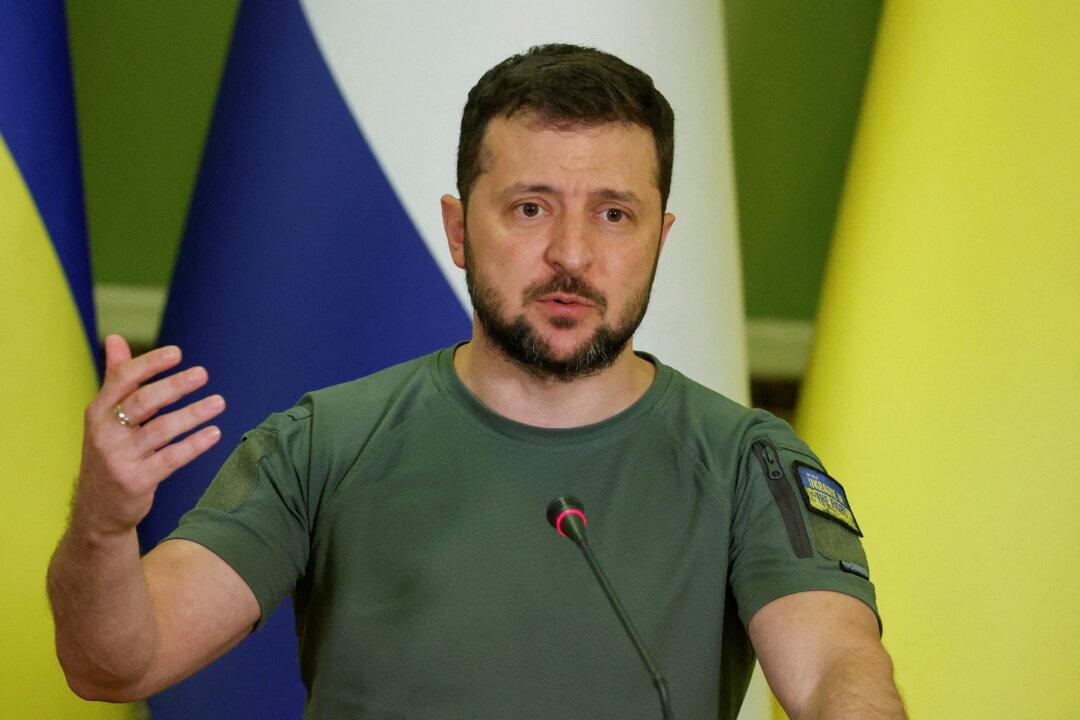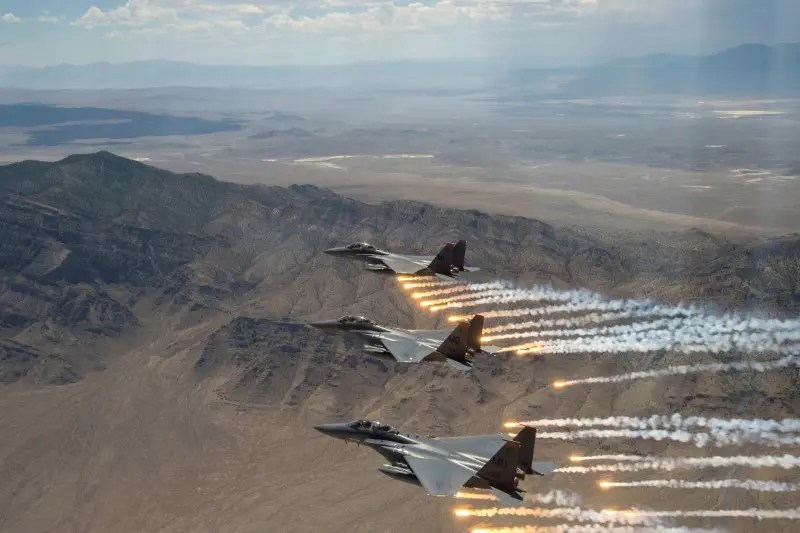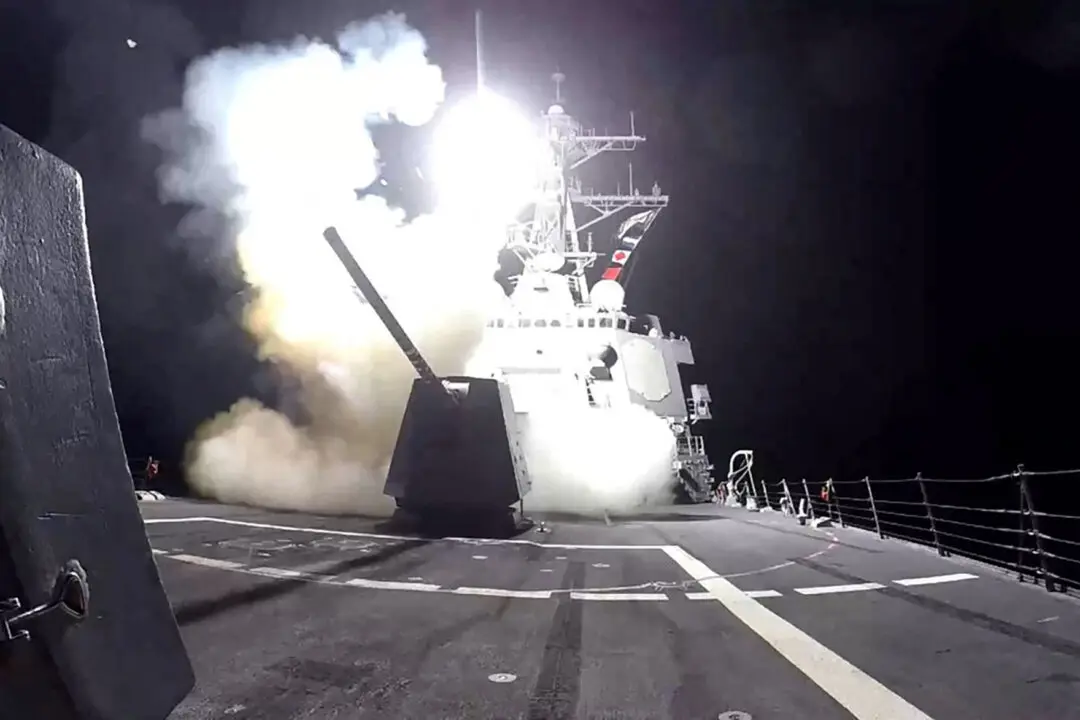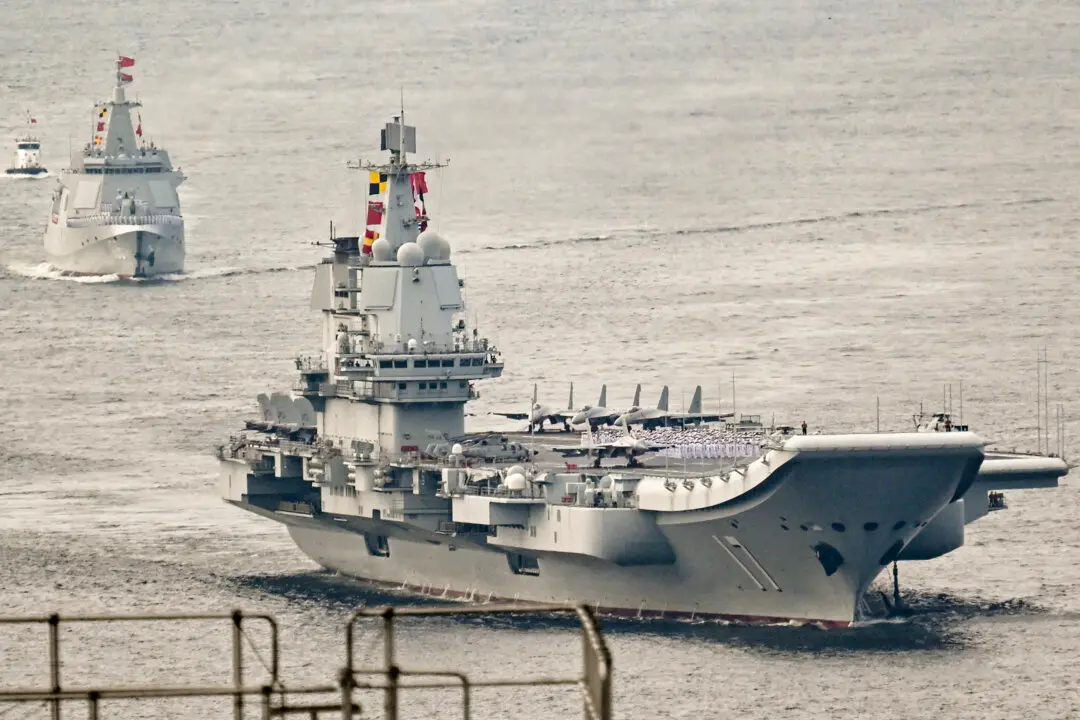Ukraine will receive F-16 fighter jets from the Netherlands and Denmark for use in its ongoing defense against the Russian invasion, officials announced on Aug. 20.
Dutch and Danish leadership agreed to give the warplanes to Ukraine, Ukrainian President Volodymyr Zelenskyy said, bringing a vital spark of hope to the embattled nation which has seen its summer counteroffensive stymied by hundreds of miles of Russian minefields.




